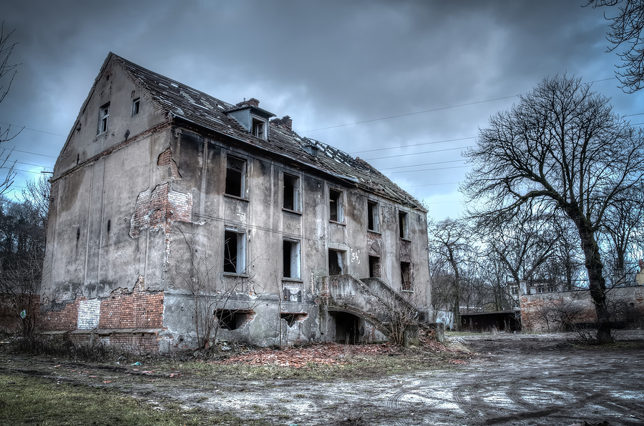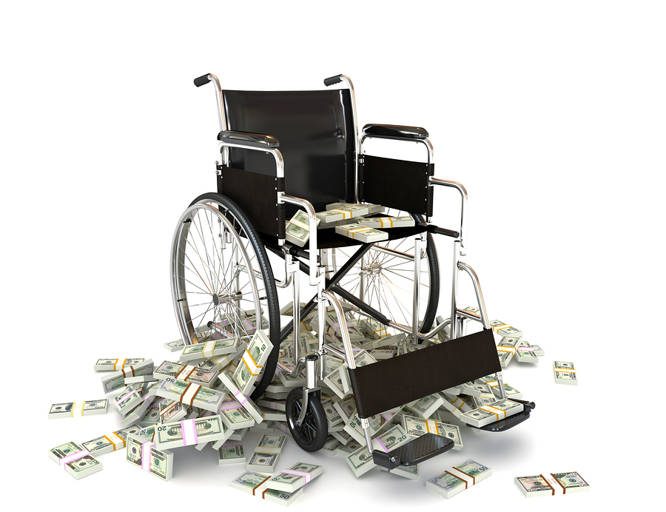


Paying For Stabilized Versus Non-Stabilized SNFs
Given the continual decline in census for the nation’s nursing facilities, it is no longer clear where “stabilized” is in today’s market, especially as lengths of stay have shortened. For your reference, we have traditionally defined stabilized occupancy for skilled nursing facilities as 85% and higher. With that said, nursing facilities with stabilized occupancy declined in value from an average of $114,700 per bed in 2016 to $93,700 per bed in 2017, according to the 23rd Edition of The Senior Care Acquisition Report. This makes sense given the overall deterioration of the market in 2017. For non-stabilized nursing facilities, the reverse occurred. While it might... Read More »
How Old Is Too Old In Seniors Housing?
For the first time in our Senior Care Acquisition Report (with the 23rd Edition just published), we decided to take a look at how investors priced in the risk purchasing a newer seniors housing community, versus an older one. As many of you know, the assisted living product did not develop in earnest until the 1990s, when at the end of the 20th century, the industry experienced a boom in development, mostly on the assisted living side. Since then, the tastes of seniors have changed, and what may have been a luxury “A” property in 2000 may not be one now. We have also more recently undergone a development boom, once again primarily in the assisted living/memory care sector. Many of these... Read More »
Pricing Age Into Seniors Housing Sales
It shouldn’t come as a surprise that in 2017, the oldest seniors housing properties (independent living and assisted living properties built before 2002) were valued the lowest and the newest properties (built after 2011) were valued the highest, according to the just-published 2018 Senior Care Acquisition Report. We see a similar correlation most years, but it is important to note that not all ages take into account renovations (and they would have to be substantial renovations and/or gut rehabs to change the effective age of the building) or additions (often of memory care units). However, it is generally true that in order to better compete in today’s senior living market, investors... Read More »
The Risk of Older SNFs
One would think that the newer skilled nursing facilities would sell with lower cap rates, but that has not always been the case. As can be seen in the graph below (from the just-published 23rd Edition of The Senior Care Acquisition Report), in three of the past five years those nursing facilities over 40 years old sold with the highest average cap rate, and in the two years when they didn’t, all the cap rates were closely clustered. The youngest nursing facilities (less than 20 years old) did not produce the lowest cap rates in many of the years, however. The main reason for this is that when some buyers look at the new skilled nursing facilities, they may be paying a high price per... Read More »
